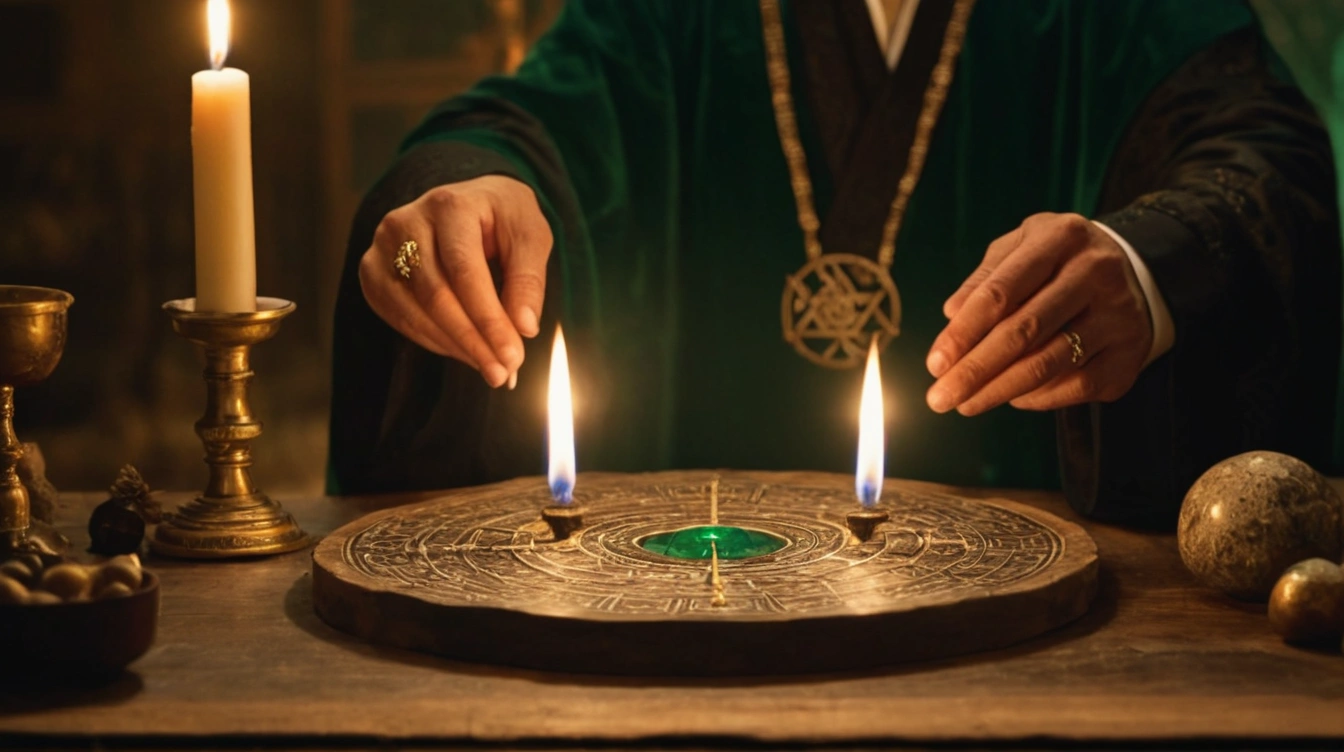What is your career plan?
Today I am one day closer to my retirement. I’m certainly taking steps for developing a career as a mystery writer. Thus, I’m reading a lot about the occult. I want to explore and incorporate this rich tradition into my narrative. Secret societies, sacred rites, perplexing riddles and esoteric writing are all elements that will populate my mystery novels. One of the good books I read was The Black Arts by Richard Cavendish. It’s a fascinating dive into the world of the black magician. The subtitle of this work sums up many intriguing topics that I’d like to see in a story: A Concise History of Witchcraft, Demonology, Astrology, and Other Mystical Practices Throughout the Ages.
The Black Arts

The Black Arts by Richard Cavendish is a classic introduction to the history and philosophy of Western occult traditions. It was first published in 1967, but I read the 50th anniversary edition with an introduction by Mitch Horowitz. The book is written in a clear and engaging style. It explores subjects such as witchcraft, ceremonial magic, alchemy, astrology, Kabbalah, numerology, and Satanism. Cavendish takes a skeptical but respectful approach, aiming to illuminate rather than sensationalize these often misunderstood practices. He provides rich historical context while explaining the beliefs, rituals, and symbolism associated with each topic.
Though some of its scholarship is now dated, The Black Arts remains a highly readable work. It is also influential for those interested in the esoteric and arcane. It’s especially valuable for its ability to synthesize complex material into an accessible form. This makes it a solid starting point for readers curious about the hidden traditions that have shaped Western mysticism.
As above, so below
In The Black Arts, Richard Cavendish discusses, among many other things, the Hermetic maxim ‘as above, so below.’ He explores it in Chapter 1, The World of the Black Magician. He references the Latin phrase from the Emerald Tablet:
“Quod est superius est sicut quod inferius et quod inferius est sicut quod superius ad perpetranda miracula rei unius”
“That which is above is like that which is below and that which is below is like that which is above, to achieve the wonders of the one thing.”
The Black Arts by Richard Cavendish
Cavendish explains that this principle is foundational in magical thought. It suggests a correspondence between the macrocosm (the universe) and the microcosm (human beings). He notes that this idea underpins practices like astrology, where celestial events are believed to mirror and influence earthly happenings. The concept implies that by understanding and manipulating the connections between the higher and lower realms, one can achieve profound effects in the material world.
This exploration of ‘as above, so below’ illustrates the interconnectedness central to magical philosophy. It emphasizes the belief that the same forces work on all levels of existence.
“The principle of ‘as above, so below’ is not limited to fortune-telling. Events ‘above’ and ‘below’ run in parallel courses. By manipulating events here ‘below’ I can affect the course of events ‘above’.
The Black Arts by Richard Cavendish
Do you see any resemblance between the images below?
- The Magician from the Rider-Waite-Smith tarot deck
- The Goat of Mendes, drawn by the occultist Eliphas Levi
- The Devil from the Rider-Waite-Smith tarot deck



As the images above illustrate, all of them are channeling the concept of ‘as above, so below,’ with their right hand raised and their left pointing down. The book points out an interesting idea. “No one is a black magician in his own eyes.” Instead, everyone believes they are “high-minded white magicians.”
What about you? Do you believe in magic? In what side do you think you fit?

Comments
One response to “The Black Arts”
[…] it right away. Tarot cards are so rich in symbolism and the occult. They play an important part in the black arts. I wanted to learn more. I got a Tarot deck here, another there, a digital book about it on the […]